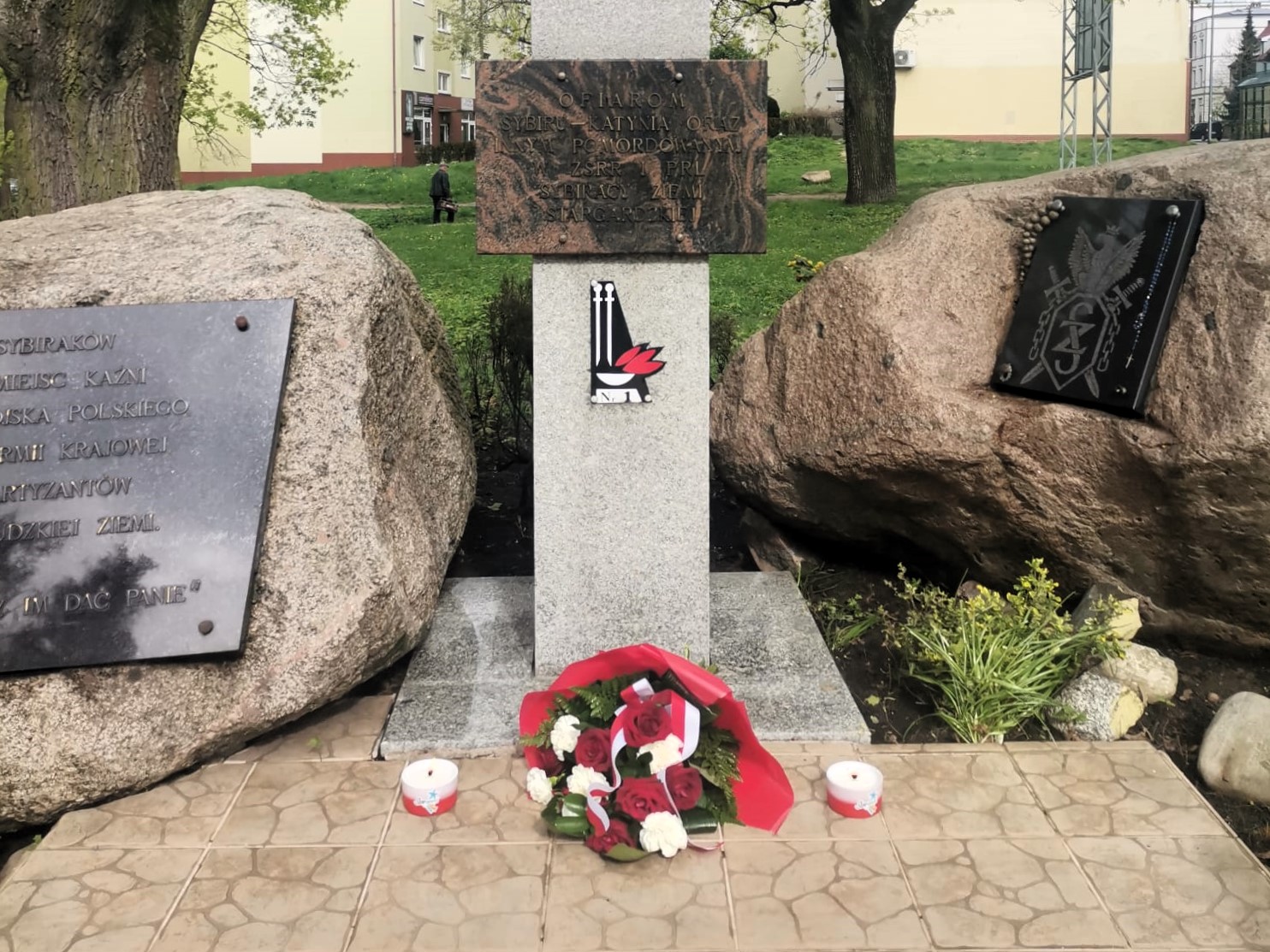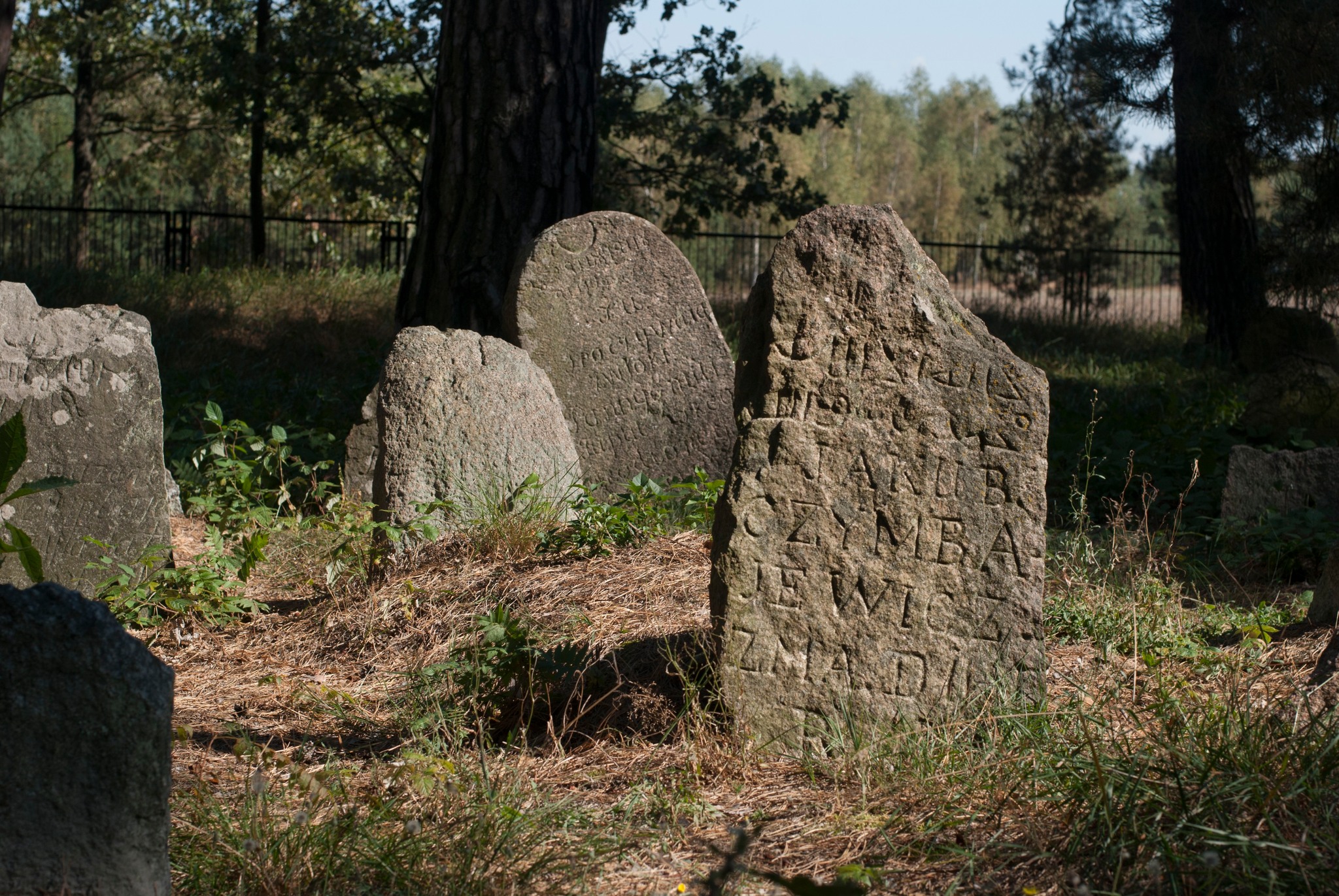Every year, on 13 April in the full of Poland, as well as in many places in the world, the Memorial Day is celebrated. In our city, too, we remember the murdered in the spring of 1940. As a consequence of this crime, up to 22,000 people lost their lives – including officers of the Polish Army, military officials, policemen, court employees, prosecutors and administrations, scientists, lawyers, teachers, doctors and journalists.
W all year, on 13 April, under the monument of the Victims of Siberia and Katyń, symbolic, white-red flowers and candles appear. For those who would like to learn the past of the Katyn crime or to callback any facts, Andrzej Bierca from the Archaeological-Historical Museum prepared the study. The full text can be found below.
13 April 2024. Katyn Crime Victims Memorial Day
In April 2024 we celebrate the eighty-fourth anniversary of the Katyń Crime committed by the criminal russian government on Polish POWs in the tenth period of planet War II.
The origins of these crimes should be sought in the agreement between the 3rd Reich and the russian Union in Moscow on 23 August 1939 (Pact Ribbentrop – Molotov). In the secret protocol attached to this pact, both criminal regimes divided the spheres of influence in Central and east Europe. As a consequence, it marked the start of planet War II on 1 September 1939 by the German invasion of Poland. On 17 September the russian Union joined the war supporting the German aggressor. As early as 28 September 1939, Germany and the russian Union signed the “Treaty on relationship and Borders” dividing Poland among themselves.
As a consequence of the russian invasion, about 250 1000 soldiers and officers of the Polish Army, Police, Border Guards and another uniformed formations were taken prisoner/in interned. A large number of private soldiers were released or forced into slave labour within a fewer months. Most officers were held in 3 NKVD camps: Starobielsk, Kozielsk and Ostashkov.
On 5 March 1940, at the request of the head of the NKVD Ł.Beria, the russian authorities approved the conviction of Polish officers to death punishment by shooting, on 22 March a secret order 00350 "On the unloading of NKVD USRR and BSRR prisoners" was issued, which was the basis for the launch of the action of killing Polish prisoners of war.
On 3 April 1940, the liquidation of Kozielsk camp began, with 249 survivors of 4,404 prisoners. They were killed by a shot in the back of the head in the Katyn forest where from the early 1930s people were murdered and buried by a communist repression system.
On 5 April the “discharge” of the camp in Starobielsk began, 3,896 prisoners were killed in the back of the head in the NKVD rooms in Kharkov, and their bodies were buried on the outskirts of the city. Only 79 people survived from this camp.
On 5 April, prisoners of the camp in Ostashkov were murdered, who were shot in the NKVD building in Kalinin (now Twer) and buried under the village of Miednoje. Only 124 people survived from camp.
On the created collective graves, the NKVD recommended planting trees to cover up crimes for eternity.
Almost 3 years later on 13 April 1943, German Radio Berlin reported the discovery of mass graves of Polish officers murdered in the woods under Smolensk in the spring of 1940.
The disclosure of russian crime in April 1943 met with the immediate lying consequence of russian authorities, dropping all work for crimes on the German side. specified communicative had repented in the russian Union until the late 1980s.
Today, from the position of eighty-four years after this terrible crime, we know much about it. many russian archival materials have been known and made public, clearly proving that this was a premeditated crime committed by the russian state, exhausting all signs of war crime and crime against humanity.
The memory of this large tragedy celebrated since 2008 on 13 April, as the Day of Memory of the Victims of Katyń Crimes, should be cultivated as a informing against akin inhuman and criminal actions.
At Stargard we now have respective commemorations of these tragic events of April 1940.
Photos: UM in Stargard/Andrzej Bierca
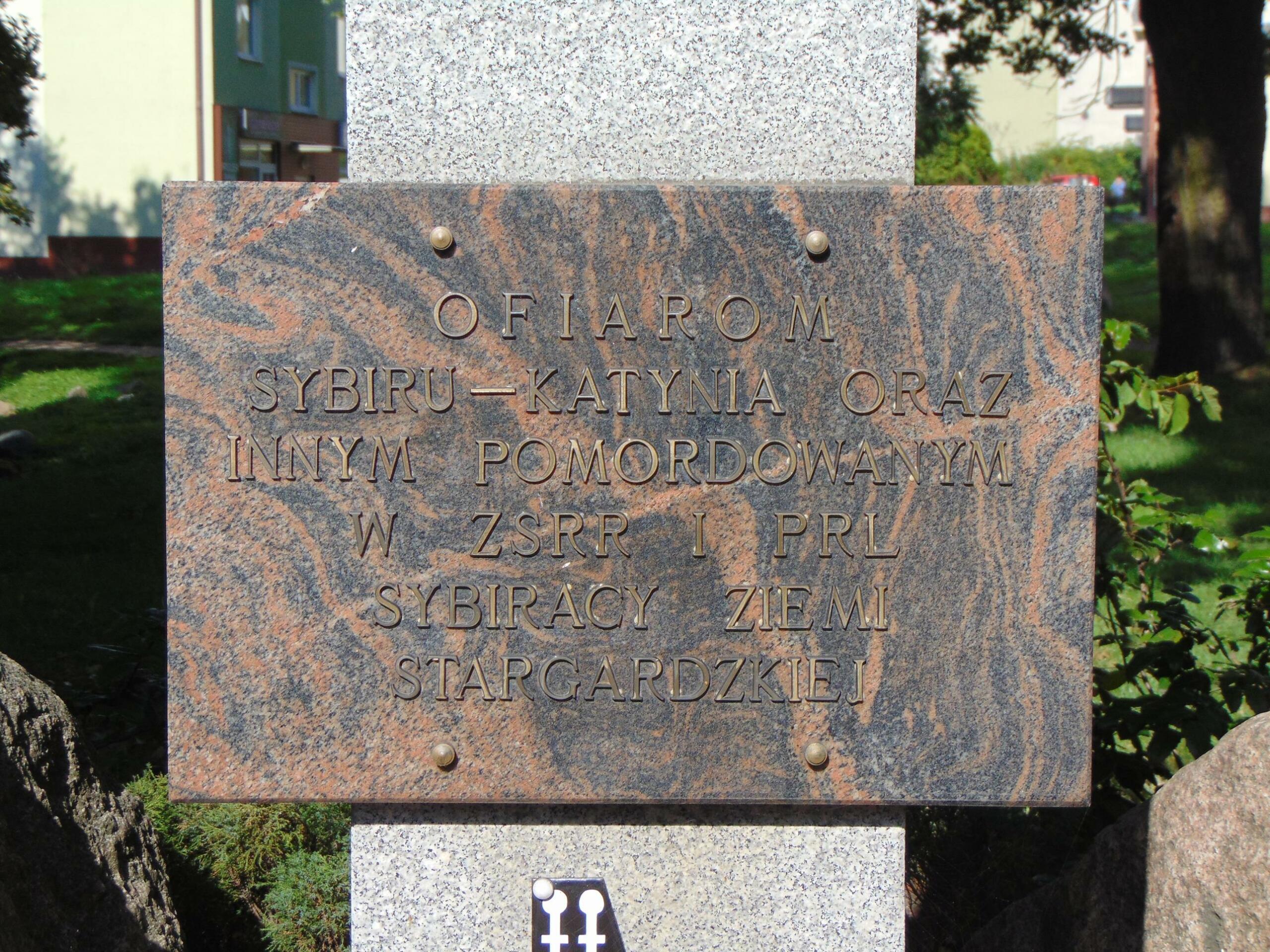
Monument to the “Inhuman Earth Victim” in the vicinity of the Church of the Holy Spirit.
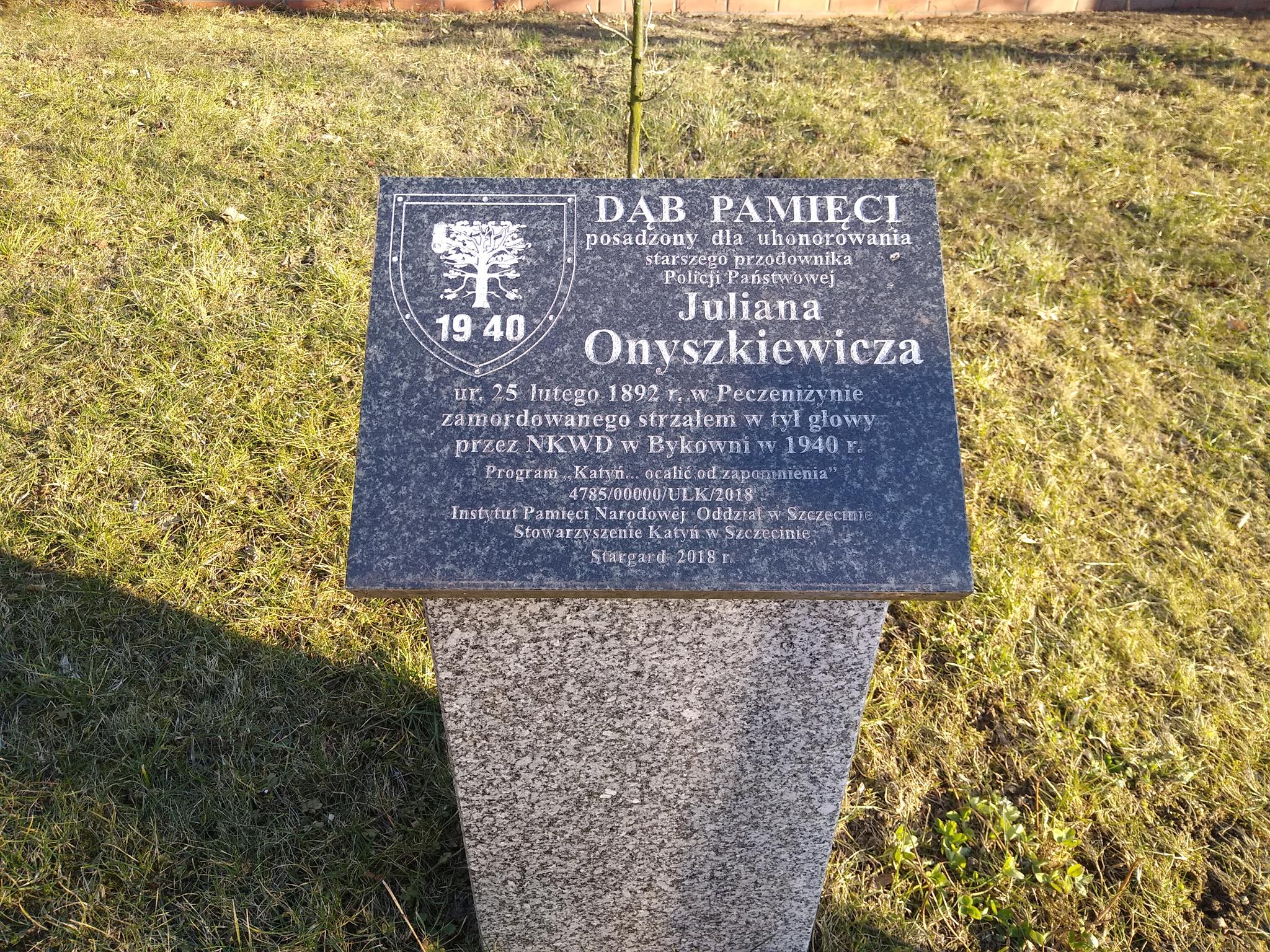
Local Police Station in Stargard, Warsaw. A plaque commemorating police officer Julian Onyszkiewicz and the Oak of Memory planted on it.
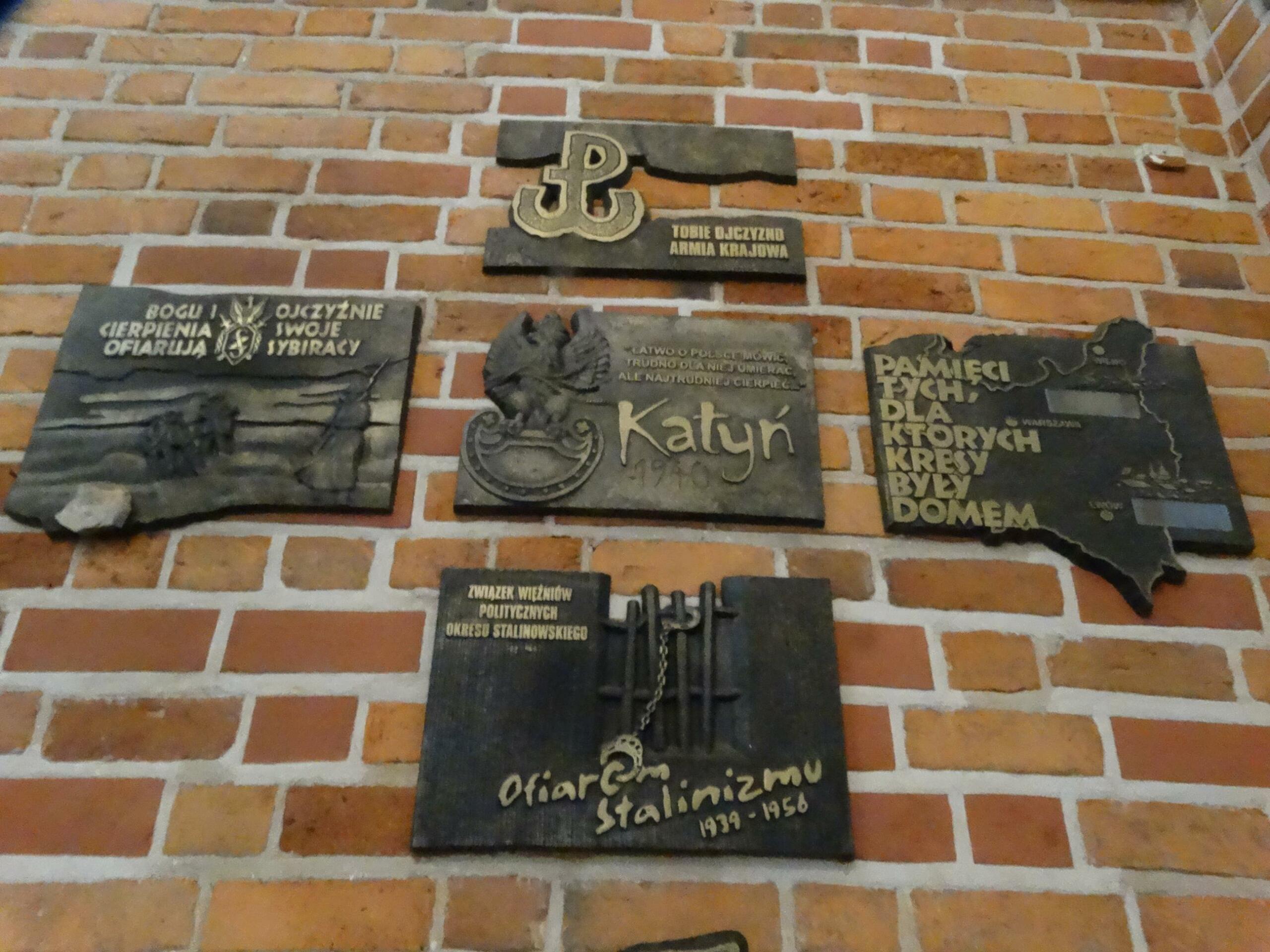
The plaque “Kodyńska Crimes” in the nave of the confederate church of St. John the Baptist, which is part of “The Altar of the Homeland”
